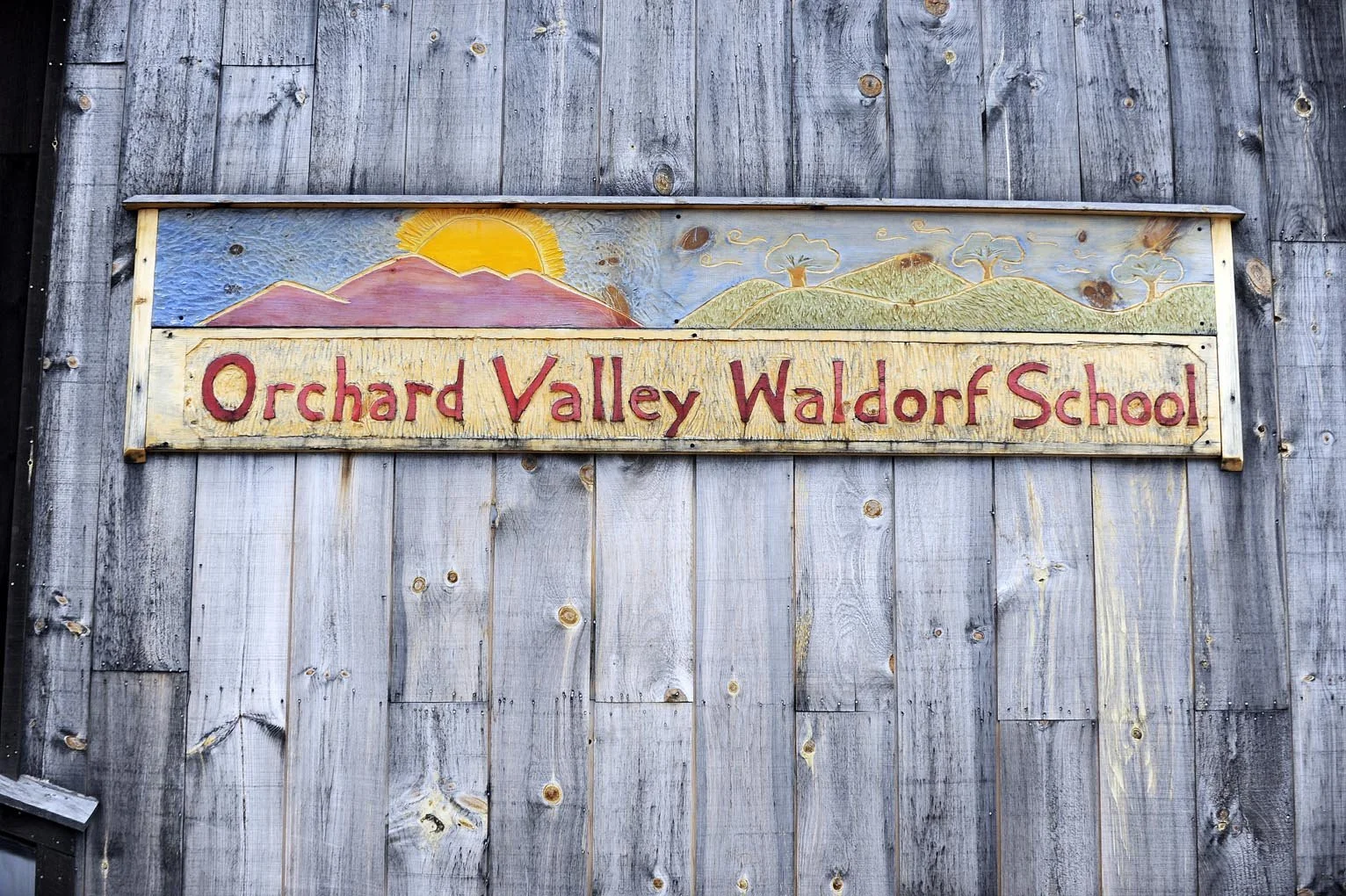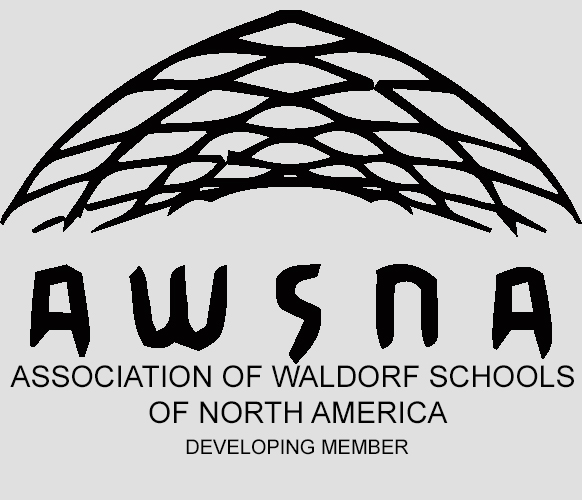As an established Waldorf school with low student to staff ratios and extensive outdoor spaces in which to expand our programming, we are well-positioned to provide a safe, creative, and enriching learning environment in these uncertain and changing times.
The school's protocol for reopening is based on the "Strong and Healthy Start Safety and Health Guidance for Reopening Schools" written by the Vermont Depa rtment of Health and Agency of Education. Using this document as a guide, teachers worked closely with the OVWS COVID Task Force to design a program for the 2020-21 school year that is informed by current scientific data and inspired by the desire to maintain a joyful learning environment for your children.
Please read through the information outlined below and reach out with any questions that arise.
POLICIES AND PROCEDURES:
The State has outlined three different scenarios for schools. We have prepared policies and procedures for the following:
Per the states guidance we are preparing for a Step II opening in the fall and all our policies and procedures are based on Step II precautions. (Step III applies to schools that bus, have a cafeteria, and offer large group activities). Please take a moment to read through the attached Drop off and Pick Up Procedures, Health and Wellness Policy,Healthy Hygiene and Cleaning/Disinfecting Policy, Practices for Physical Distancing and Other Procedural Precautions and PreK-Grade 8 Teacher and Parent Shared Agreement in the PreK through Grade COVID-19 Policies and Procedures folder (also linked below). We expect updates in the guidance from the Department of Health and Agency of Education as science and best practices evolve and will adjust our planning accordingly. These policies and procedures should be considered living documents and revisited frequently. We will share and highlight changes as they are presented to us.
OUTDOOR LEARNING:
In the reality of the ongoing pandemic crisis, teachers, parents, and state officials agree that having students outdoors as much as possible provides the most healthy school environment. For the past several weeks, teachers talked about how to bring this opportunity for more outdoor learning to reality. To start the year all classes will have an outdoor space for as much outdoor instruction as possible. These intentional spaces will be located close to indoor facilities. We expect that as outdoor learning unfolds our outdoor learning spaces will evolve and transform. We are very excited at this opportunity to use our land in new ways.
INDOOR LEARNING:
We live in Vermont and know our winters well! At some point in the year, being outside to learn simply is not an option. Other weather conditions also make it unsafe to remain outdoors. For this reason each class will have a designated classroom inside. Indoor classrooms will be used when weather or learning needs of specific age groups demands. Teachers will ensure that their indoor classroom meets all health requirements to create a safe and healthy indoor learning space. This may look like different seating configurations, various materials/toys no longer being readily available and consideration of air quality and humidity. Individual class teachers will be able to provide you with the best description of outdoor/indoor learning as it applies to your student.
EXPERIENTIAL CHANGES FOR STUDENTS:
Parents and students should expect other changes as well when we return to school. Some of the more significant changes are as follows:
Relocation of the front office at Grace Farm to a larger space in order to improve ventilation and provide a contained infirmary room.
Subject teachers will come to classrooms rather than classes moving to subject class rooms.
Each child will belong to a pod that will not mix with other pods. For larger classes this will be a single class. Smaller classes will be paired with another small class to form a single cohort.
Aftercare for the Early Childhood programs will be ending at 3 pm in order to properly disinfect buildings and preserve our facilities and human resources.
Outdoor structures will not be shared between pods. Each pod will have a designated outdoor area.
Facial coverings will be worn indoors by teachers and students.
Health screenings will be conducted every morning. The daily health checks will involve a temperature reading with a non-touch thermometer and answering a series of simple questions specific to COVID-19 symptoms and exposure. Staying healthy and open means that anyone who feels unwell must stay home. Any student who has a temperature exceeding 100.4 or showing other COVID-19 symptoms will need to go home immediately.
It is critical that every student be prepared attire-wise for outdoor learning. For this reason, students can expect a gear check every morning as well. Warm weather will require sun hats and rain gear. Cooler weather requires thermal layers, well-fitting hats, wool socks, and insulated outer gear. A specific gear list will be provided later in the summer. Children who are missing proper gear for the start of their school day will be asked to go home.
CLOSURES AND EXTENDED ABSENCES:
We anticipate that there will be a need to close at some point during the school year. We are working on two overlapping scenarios to prepare for possible closures.
Depending upon expected approval from the Agency of Education, we will build flexibility into our calendar to avoid/reduce the amount of Beyond the Classroom instruction. Adding weeks at the end of the year would allow 5 weeks of closure WITHOUT remote learning and having an end date of July 2 should we have closures, and May 28th should we not experience closures.
In the event of a school closure exceeding 5 weeks, all class teachers will use the same platform through which to share materials and communicate. Advanced planning by teachers will facilitate a smooth transition to remote learning if necessary. Parent survey input as well as group reflection from teachers has been critically helpful in this work to provide a consistent and unified learning plan.
DISINFECTING/CLEANING/FACILITIES:
In preparing for a new degree of outdoor learning, remote learning scenarios, and greater social and emotional needs of their students, teachers cannot be expected to also take on the responsibilities for heightened cleaning and facility work. In order to ensure that teachers are able to focus on teaching and the children, we are bringing two supplemental budget items to our operating budget this year.
In addition, an infirmary space will be identified for each program to isolate students who develop symptoms during the day. We will meet all requirements for air ventilation and recommendations on ideal humidity for indoor spaces.
HOW WILL WE DO ALL THIS FINANCIALLY?
The Board passed a budget on June 16th that had $1.4 million in income and $1.4 million in costs. Balanced, but based on a "normal" year. It also had $179,000 in dedicated funds to be able to respond specifically to COVID-19 needs and adjustments. As of July 23rd we have allotted $70,000 towards outdoor infrastructure, increased cleaning needs, increased needs for substitutes (with the hope of hiring 3 full time in house substitutes) and increased facilities support.
WHAT WE ARE STILL WORKING ON
The teachers just concluded faculty work weeks dedicated to making plans for the fall. This month we will dig into the work of moving classrooms, building outdoor classrooms, adjusting our facilities to accommodate the added hand washing sinks and infirmary spaces, creating systems of support for the social/emotional health of students and teachers, digging into anti-racism curriculum and self reflection among many other details. We will be sending updates along the way as we have more to share.
Please don't hesitate to reach out to any of the folks on the COVID Task Force, the Board of Trustees, Finance Committee or your teachers (all listed below). We are all available to answer questions, receive ideas and share nervousness and excitement for the year ahead.
Warmly,
COVID-19 Coordinator: Madelief Becherer
COVID Task Force: Lottie Maker, Stephanie Hoelscher, Jada Berg, Madelief Becherer, Anna Rankin
Board of Trustees: Joe Astick, Anna Rankin, Johanna Polsenberg, Jason Boss, Lydia Russell, Eileen Jones, Ken Russell, Michelle Gullage, Jada Berg, Lindsey Benton, Madelief Becherer
Finance Committee: Johanna Polsenberg, Kate Camilletti, Madelief Becherer
PreK through Grades COVID-19 Policies and Proce...
Practices for Physical Distancing and Other Pro...
Healthy Hygiene and Cleaning/Disinfecting Policy
Health and Wellness Policy
Drop Off and Pick Up Procedures
PreK-Grade 8 Teacher and Parent Shared Agreement



